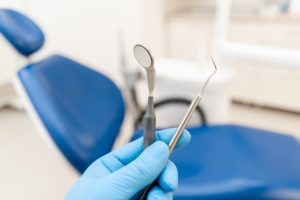In our final blog in the ‘early education is key’ series, we are going to look at the early teens and when you should start thinking about orthodontics.
In part one we looked at how to help your child maintain good oral health before their first tooth and when they have their first tooth. Looking after your baby’s gums by wiping them gently with a warm cloth after feeding minimises the impact of sugar on milk teeth.
In part two, we looked at teething, when your child can brush their own teeth and the advantage of fissure sealants. Fissure sealants are a great way of preventing tooth decay because they coat the deep crevices of the teeth and last up to a year. This is beneficial because it helps to prevent food becoming lodged in those crevices and causing decay.
In part three we will look at when—and if—you should consider orthodontic work for your child.
Does my child need orthodontics?
Typically, a girl’s jaw doesn’t stop growing until they are sixteen and a boy’s until he’s eighteen. So for some patients, braces won’t be considered until they are around this age. However, there are exceptions to this rule:
Overcrowding is one reason your child may need orthodontics. Your child’s jaw may not have enough room to fit all of the teeth in an orderly, functional and visually pleasing way. With the application of braces, this problem can be solved—and not only does it solve the problem of overcrowding (which many views as an aesthetic problem), it can also help to prevent issues, such as:
- Gum problems
- Chewing and speaking difficulties
- Problems with bite
The best thing to do is to bring your child to the dentist at around age eleven for an early orthodontic assessment. At this age, one of our Coast Dental dentists will be able to determine if and when your child needs braces.
If your child is still sucking their thumb after the age of two there is a possibility they might need braces because thumb sucking can cause problems with tooth development.
Not all children need braces
The advantage of early orthodontic assessment is knowing if your child will or won’t need braces. Additionally, if you bring your child in at the age of 6 or 7, we can refer you to a qualified orthodontist who can carry our early intervention treatment. This treatment has a high success rate of preventing the need for braces later on. And if it does not prevent the need for braces, it usually minimises the treatment length.
Thank you for reading the final part of our ‘early education is key’ series. If you would like to know more about how Coast Dental can help you or your family, please contact us today.






